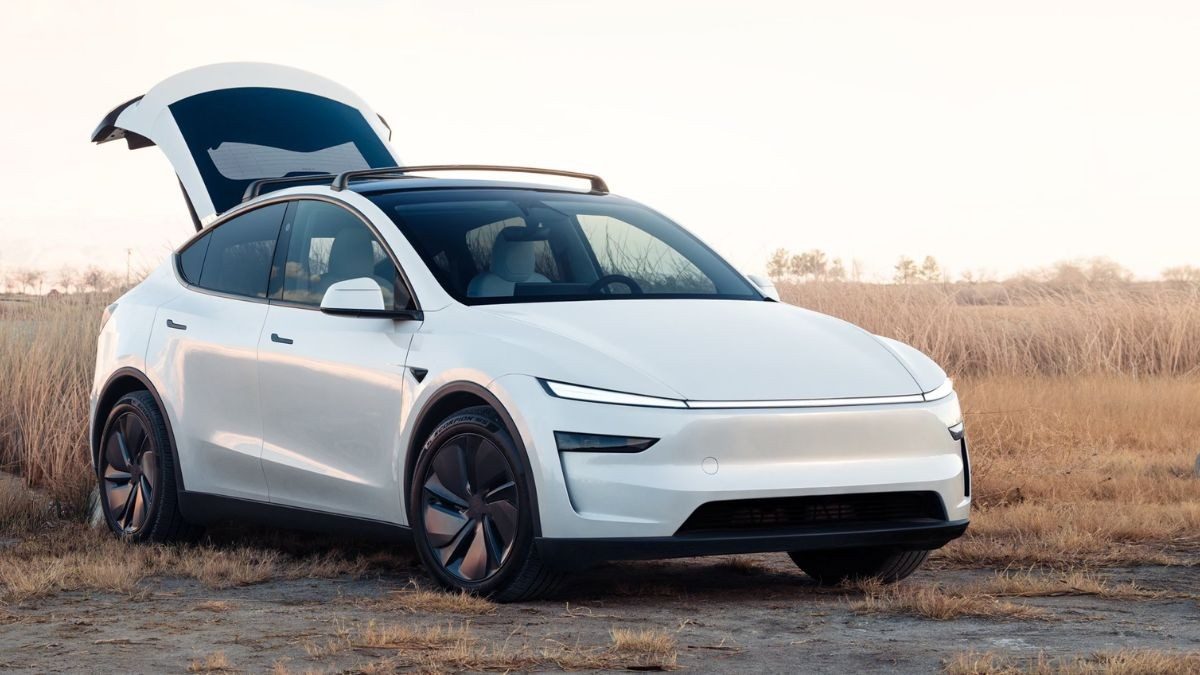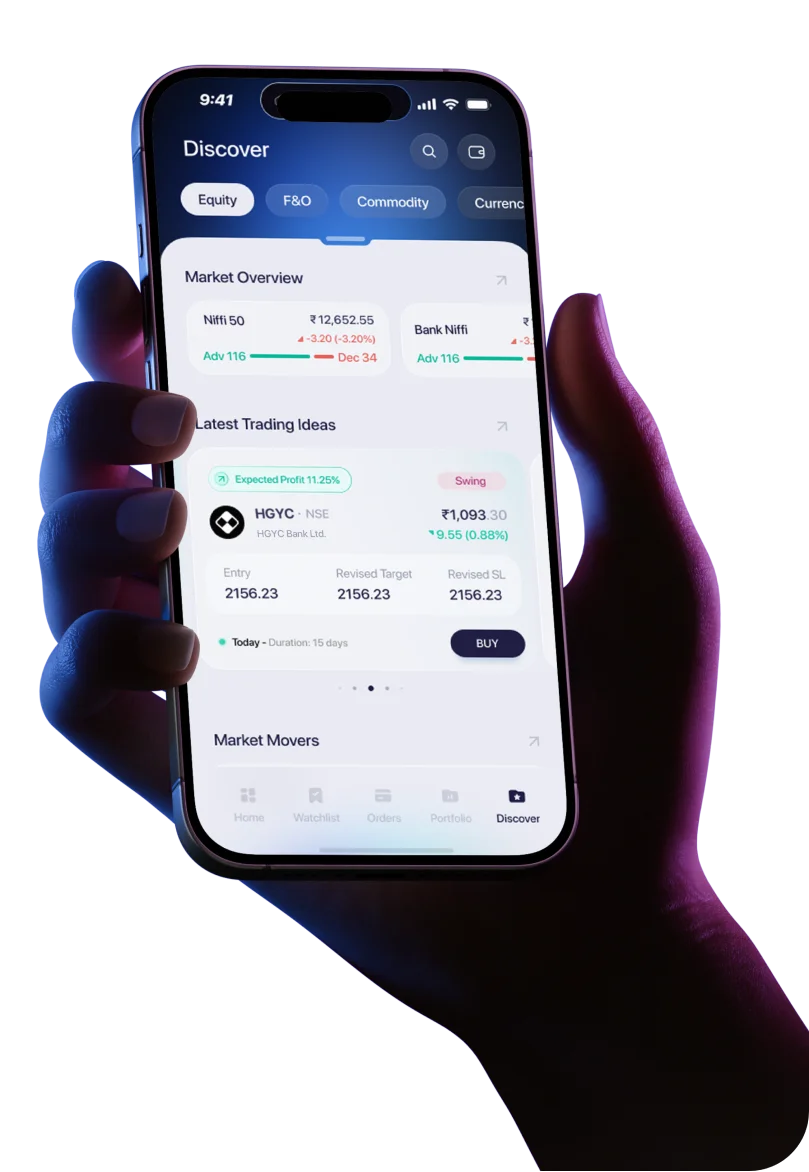The Buzz: Tesla Has Arrived in India
The Indian EV market just got a lot more exciting. Tesla, the globally renowned electric vehicle giant, has officially entered India, bringing with it all the flair and futuristic appeal it's known for. The Tesla Model Y, sleek and tech-loaded, has certainly caught the attention of Indian car enthusiasts.
But as the hype settles, a more grounded reality sets in: Is Tesla really offering better value compared to its Indian counterparts?
Tesla’s Price Tag vs. EV Value Warriors in India
Let’s start with the numbers. The Tesla Model Y comes with a steep ex-showroom price of ₹59.89 lakh. In contrast, India’s leading EV players are offering similar or better range at much lower prices:
EV Model | Ex-Showroom Price | Range (KM) |
Tesla Model Y | ₹59.89 lakh | 500 km |
BYD eMAX7 | ₹29.30 lakh | 530 km |
Mahindra XEV 9e | ₹21.90 lakh | 542 km |
Tata Harrier EV | ₹21.49 lakh | 538 km |
Mahindra BE 6 | ₹18.90 lakh | 557 km |
🔍 Key Insight: Indian EVs are delivering competitive or even superior range, while costing 50–70% less than Tesla.
Range Isn’t Tesla’s Card Anymore
Tesla’s biggest global selling point—long-range performance—is no longer a unique advantage in India. Brands like Mahindra and BYD are matching or even exceeding Tesla’s 500 km benchmark, with:
- Mahindra BE 6: 557 km range
- Mahindra XEV 9e: 542 km range
- BYD eMAX7: 530 km range
What’s more surprising? These vehicles come with price tags well under ₹30 lakh, making them far more accessible to the Indian consumer.
Tesla’s Indian Roadblocks
Tesla might be a status symbol globally, but its path in India isn’t as smooth. Here’s why:
1. High Import Duties
Tesla’s vehicles are currently imported, which means they attract hefty taxes, pushing prices into luxury territory.
2. No Local Manufacturing
Until Tesla sets up a local plant, it lacks pricing flexibility. This is something Indian automakers already capitalize on.
3. Limited Charging Infrastructure
India’s EV charging ecosystem is growing—but slowly. Without a vast and fast-charging network, range and recharge anxiety still play a role in consumer decisions.
Homegrown Brands Have the Upper Hand
While Tesla shines with brand equity, Indian players bring something more powerful to the table: affordability, accessibility, and adaptability.
- Mahindra and Tata understand the Indian terrain and consumer mindset.
- BYD leverages its global battery expertise and offers competitive pricing.
- All three offer wide dealer networks, lower maintenance costs, and better after-sales service.
Realization: Tesla may own the headlines, but Indian brands are better positioned to win customers.
Final Thoughts: The Battle of Brains, Not Branding
Tesla’s entry into India is no doubt a milestone—but in a market where value vanity, it’s the local EV heroes that may drive away with the bigger win.
As the Indian EV landscape matures, consumers are becoming smarter, and their preferences are shifting toward performance, practicality, and price.
So while Tesla basks in global glory, the real revolution in India might just be led by brands that don’t scream luxury—but deliver it quietly.





 Easy & quick
Easy & quick
Leave A Comment?